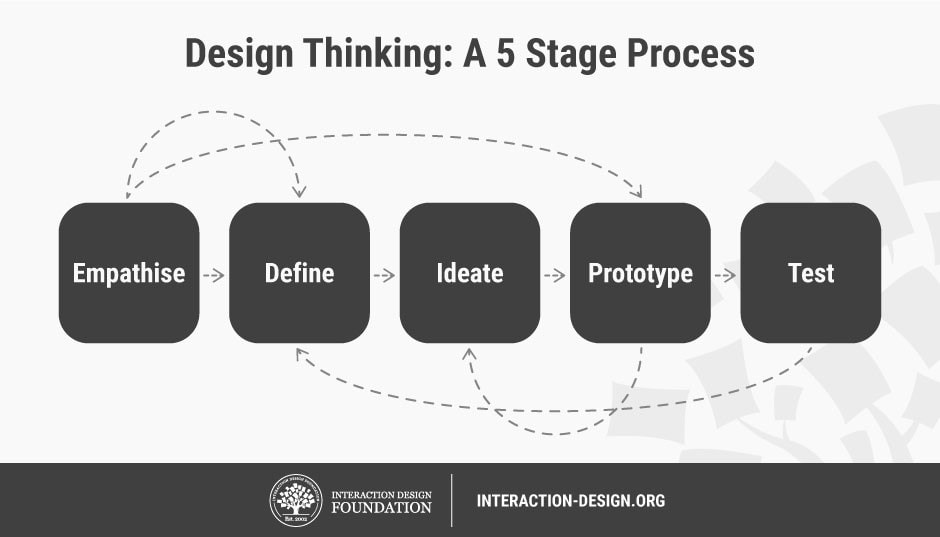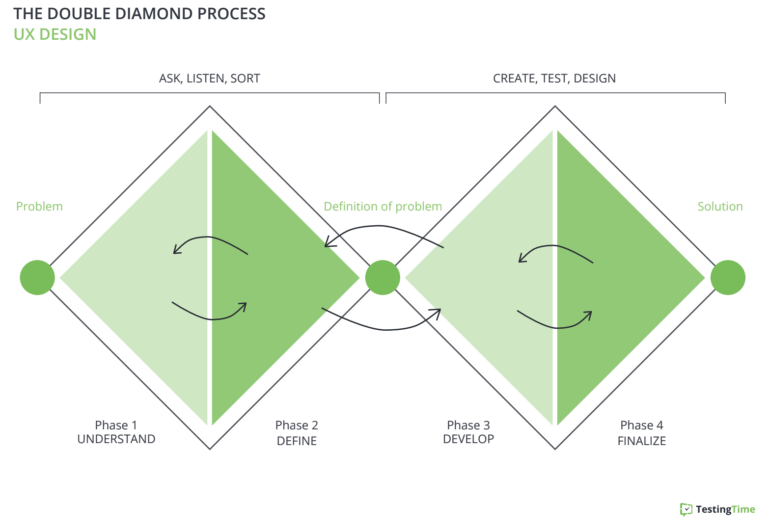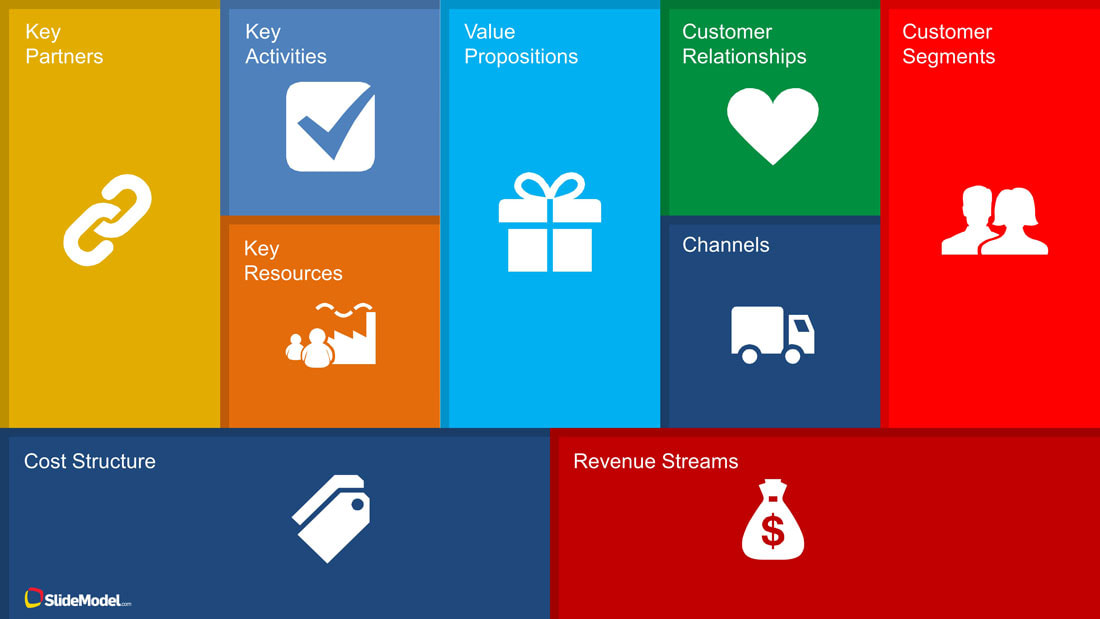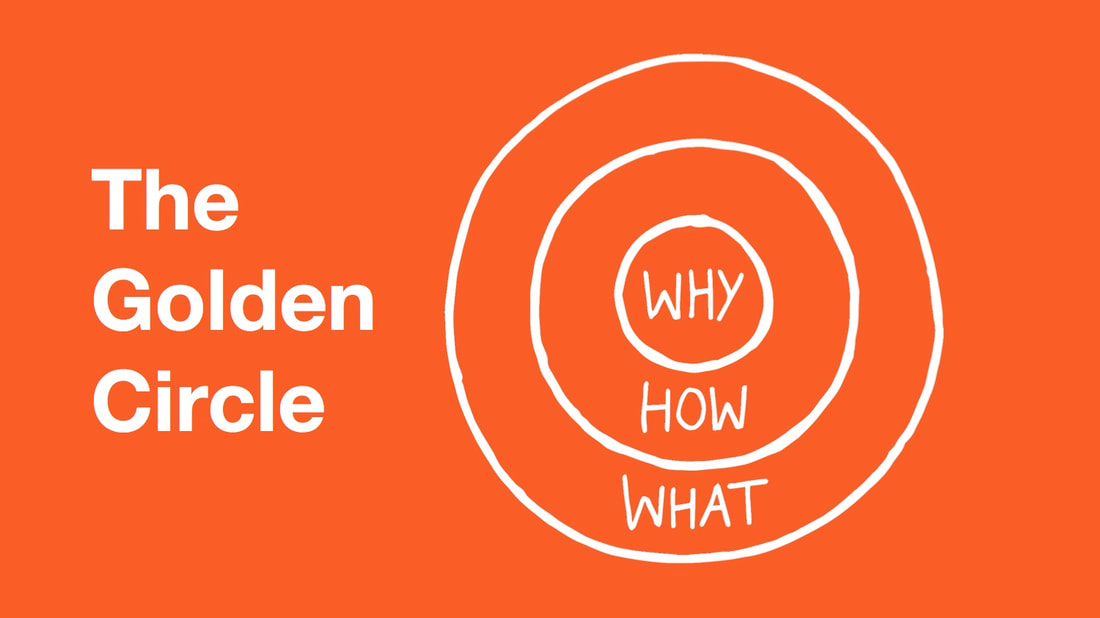|
A new year brings new experiences. Our work here in Future Scientist is no exception. It was no exception either for the boys and girls from El Instituto Nacional de Agropecuaria en Divisa, Veraguas and from the Centro Educativo Jacoba Urriola Solís in Portobelo, Colón. The third week of January (January 19-24) we were invited as guest speakers and facilitators in the Campamento Científico Agropecuario 2020 (Agriculture Science Camp 2020). 34 students participated in the camp as well as other facilitators and speakers from various universities and institutions. The students were immersed in a world of science and were able to interact with that world in a way that they had never experienced before. It gave them perspective on the life of not only a scientist, but a professional. It taught them to value their education and think critically, which is a sought after skill in a growing third world country like Panama. Campamento Científico Agropecuario 2020 The camp was organized by Ivonne Torres, Ph.D. Ivonne Torres has her doctorate degree in pharmacology and is a professor at the esteemed Universidad de Panamá. Her passion for bringing science to students from rural areas manifested in this science camp that was also funded by la SENACYT (National Secretary of Science, Technology, and Innovation; Secretaría Nacional de Ciencia, Tecnología e Innovación; senacyt.gob.pa). She wanted the camp to emphasize the scientific method and encapsulate it in a way that would make science palatable to Panamanian high school students and allow them to see examples of how science plays a part in their studies in agriculture. We believe she achieved this goal by introducing students to a scientific environment that seems plucked from a movie but is right in the heart of Panama City. Along with the advanced lab equipment and technology the scientists developing projects and experiments are Panamanian as well. The experience allowed them to see that these aren’t a bunch of foreigners make scientific leaps in their country, but their countryman achieving great things in the name of science. The majority of the camp was in INDICASAT (Institute of Scientific Investigation and High Technology Services; Instituto de Investigaciones Científicas y Servicios de Alta Tecnología; indicasat.org.pa) where some of the most advanced laboratories in the country call home. Here students heard from actual scientists who have done and are doing important work in the field and in the lab and visited laboratories and conducted experiments in them. The guests scientists are working in projects such as plant disease investigation, alternative agriculture such as vertical farming, and biodiversity in domestic animals. Some experiments the students did were in cow feces analysis to soil sample analysis. It was important that the science in the camp had to do with agriculture as a way to connect to the students and make the work relatable. The students also spent a whole day in the Universidad de Panamá (University of Panama; up.ac.pa), where they met more science professors and did more lab work. This hands on experience with seasoned professionals and advanced lab equipment was once in a lifetime experience for these students, and as such was a great motivational tool to get these students into science or at least motivate them to continue their academic careers. Future Scientist’s Role Our role in the science camp was to provide critical thinking and project development seminars for the students in order to develop these skills in problem investigation and sustainable solution creation. Knowing our audience the goal was to be as dynamic as we could be in the 45 minutes we had for our time slot. When speaking to high schoolers it is important to keep them intelligently engaged but also keep the subject matter light and accessible. This is not to say these kids are not intelligent and would not understand complex information. What we mean is that sometimes that level of information can be intimidating for them and you will be able to connect with the students better and keep them engaged if you frame that complexity in a more accessible model. The topics I chose for the camp were the double diamond model for design thinking, the canvas business model for start-ups and new projects, and the Golden Circle by Simon Sinek. The Double Diamond Model for Design Thinking Design Thinking is a process used to develop problems, define them succinctly, and create sustainable, long-term solutions. It is similar to the scientific method in that it requires you to ask a question (what is the problem?), investigate that question/problem (experiment, collect, and analyze data), and come to a conclusion about the information you collected (problem statement). The Design Thinking method is a combination of the scientific method and the engineering method in that the scientific method looks to analyze the problem, make an assumption of why the problem exists, and after data collection and analysis you either support your assumption or refute it with your conclusion; the engineering method takes the problem definition and works to find a long-term solution that solves the problem in a sustainable way. So the design thinking process takes these two methods and combines them for the ultimate problem solving methodology. The Double Diamond takes the Design Thinking methodology and encapsulates it in a useful diagram that is easy to understand. It captures the circular nature of the methodology while also demonstrating the different phases of the process. It is a great illustrative representation of the Design Thinking methodology and this is why I included it in my seminar for the students. When transmitting information to people who haven’t heard of what you’re talking about, it is important to appeal to both the audio and visual learners. You also need a level of dynamism in order to keep them engaged. I did this by including a small activity called “The Party”. In this activity the students swap ideas for a party by using the phrase “Yes, but…” and “Yes, and…”. The two phrases are meant to demonstrate the two classes of thinking necessary for project development: analytic thinking and creative thinking. “Yes, but…” represents the analytic or left-brain thinking whereas “Yes, and…” represents the creative or right-brain thinking. Why is this? “But” is a way of putting the brakes to an idea and stopping to consider it in a way that can be analytical whereas “and” is a motivator to keep spewing out ideas that puts no stops on any idea and allows the creative juices to flow. The Canvas Business Model The Canvas Business Model is another diagram useful for projects or start-ups. It is a tool used to identify the key components of your business endeavor. I chose this topic for the second day because the students were instructed to come up with science projects and I thought that the Canvas Business Model can also work with scientific projects as well as entrepreneurial ventures. A scientific investigation also has need for this type of resource identification. A scientific project has costs it needs to identify. It needs funds (revenue) to be realized. Its customers can be considered the people being studied or the people affected by the problem that is being investigated. It requires partnerships and collaboration. It carries out key activities to achieve it’s end goal. It has resources at its disposal for its realization. And it has a purpose or a mission that gave it life in the first place. Now the students that participated were all agriculture students. Some may become scientists and carry out investigations in agronomy, botany, animal science, genetics, horticulture, aquaculture, etc. However some may become involved in agribusiness or any other business for that matter. I repeat, the Canvas Business model is not just for entrepreneurs but for scientists as well. It has such a wide application that I thought it useful for all the students as they become adults and start entering the labor market. The Golden Circle (simonsinek.com) The Golden Circle is a motivational tool used to describe how to successfully connect with people in order to motivate them and gain their loyalty. To connect the topic to science, it is important to mention this tool’s connection to biology. One might think that the Golden Circle is psychological, but it is really based on the tenants of biology. This connection is made once you view a cross-section of the human brain and look at how the Golden Circle really reflects the layers of the brain. When we look at the brain we see that it is also separated into three layers. Starting from the inside out: The reptilian brain, the limbic brain, and the neocortex. The reptilian brain is what drives our instincts. It is our animal brain and when we’re backed into a corner, the reptilian brain can take over and guide us through instinct alone. The limbic brain is the part of the brain that controls our emotions. It is where we can feel things like trust and loyalty. What is fascinating about the reptilian and limbic brain is that they are incapable of understanding language. This is why the “why” part is often the hardest to explain and seems foggy. Words oftentimes cannot capture what we feel or why, and this is usually why the majority of us have a hard time starting with “why”. Simon Sinek argues that few companies and people start with why when speaking to people or advertising a product, whereas the majority will start with “what”. When you start with “why” you connect with that part of the brain that speaks to people’s feelings. When you share your beliefs with someone and they believe as you do, there is an unspeakable bond between you two and a level of trust that is built. This is the sensation that Simon Sinek speaks about and this is the idea I wanted to get across to the students in the Campamento Científico Agropecuario 2020. Conclusion Overall the camp was a success. The students spoke highly of our contribution to the camp. We had many students say that our seminars were the most entertaining and dynamic. This was great news because that meant we connected with the students and that we have found a good way to motivate them and connect with them through the educational material we have developed. It was a joy participating in the camp and we will see what other opportunities present themselves as the year progresses. |
Archives
July 2020
Categories |





